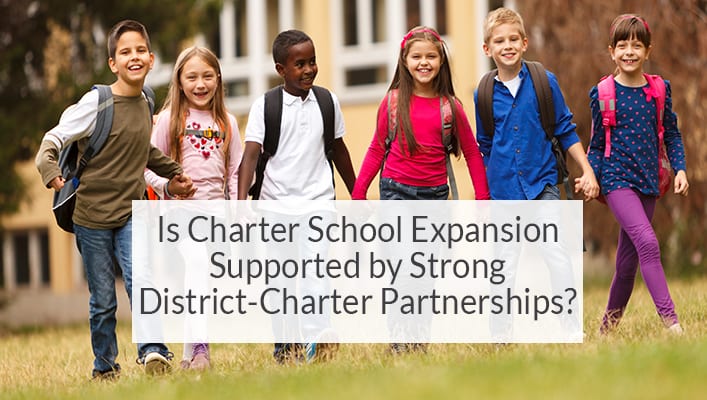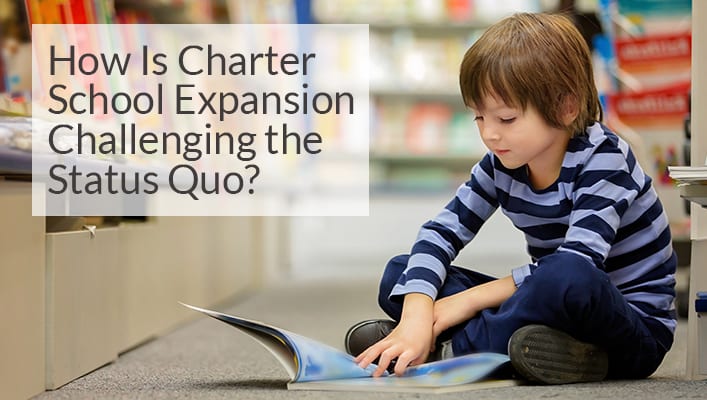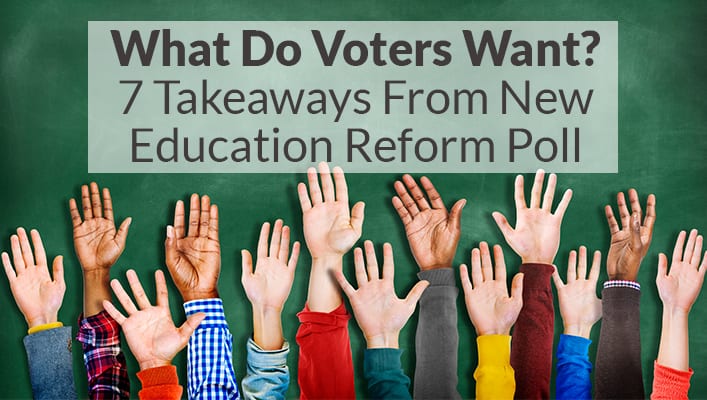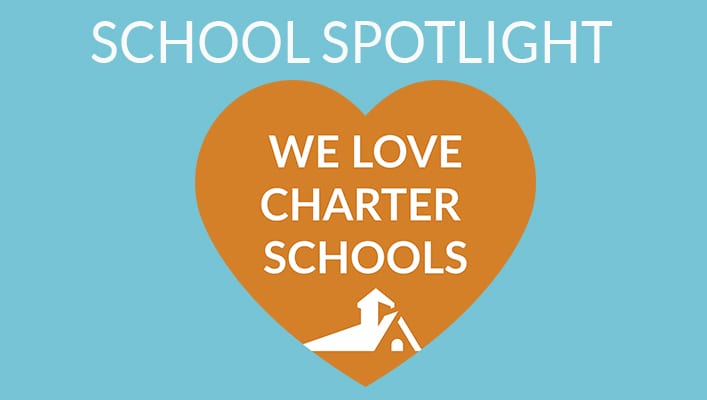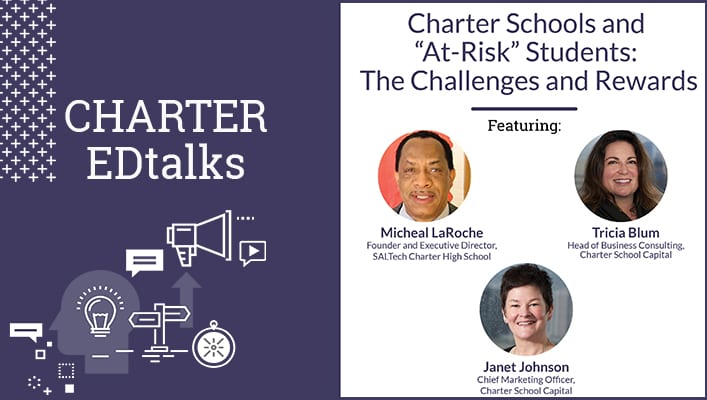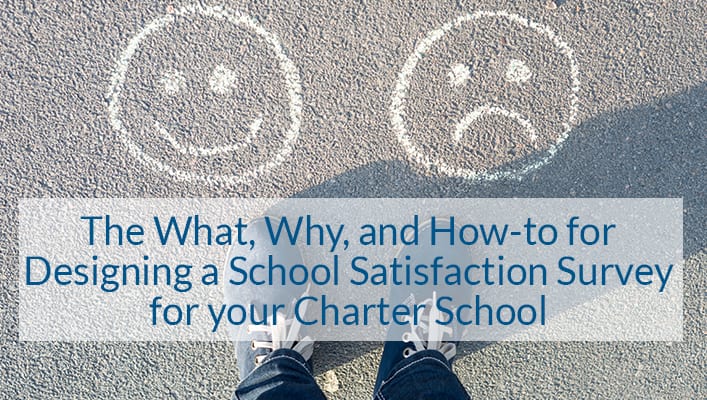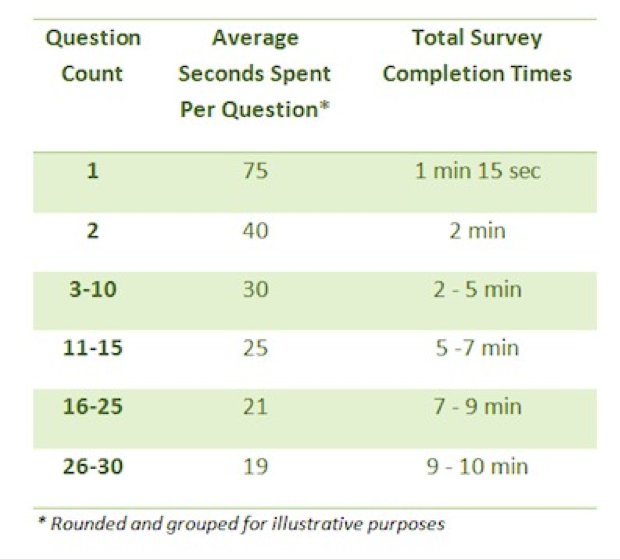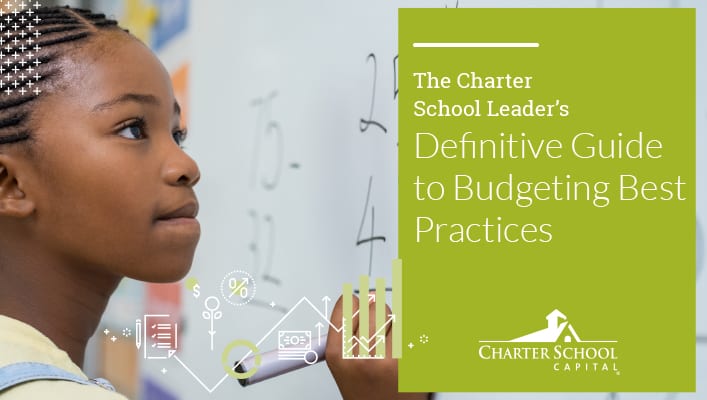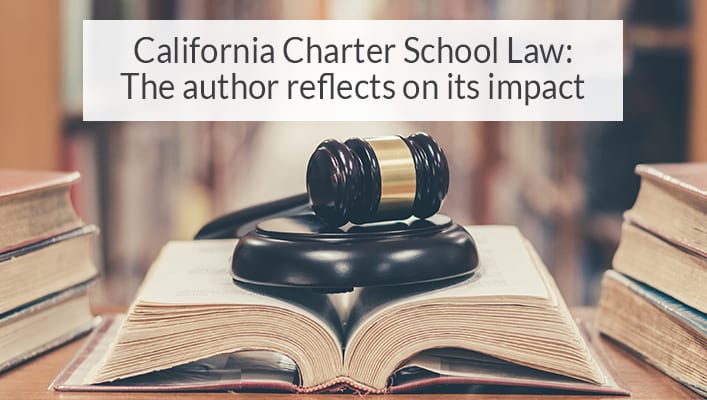
Editor’s Note: This post was originally published on August 13, 2018, here, by EdSource, and was written by John Fensterwald, who writes about education policy and its impact in California. They interviewed Gary Hart – the “father” of California charter school law – and he shares how he feels about things now, 25 years later. Is it as he envisioned? What would he change? What is working/not working?
Our mission is to see continued charter school expansion, the overall growth of the charter school movement, and more students better served by having educational choice. We think it’s vital to keep tabs on the pulse of all things related to charter schools, including informational resources, and how to support charter school growth and the advancement of the charter school movement as a whole. We hope you find this—and any other article we curate—both interesting and valuable. Please read on to see EdSource’s original post.
Gary Hart, author of California’s charter school law, reflects on its impact
He’d change the appeals process if writing it today.
What does the “father” of California’s quarter-century-old charter school law think of it now? EdSource recently caught up with former State Sen. Gary Hart, a Democrat who represented Santa Barbara in the Assembly and Senate for 20 years before retiring in 1994. In 1992, as chairman of the Senate Education Committee, he authored the nation’s second charter school law. Sue Burr, a consultant to the committee at the time and currently a member of the State Board of Education, played a major role in drafting it. EdSource writer John Fensterwald asked Hart in an interview and in writing what he was trying to do then and how, in hindsight, he might write a different law today. The answers have been edited for length and clarity.
The original law capped the number of charter schools statewide at 100, with no more than 10 in any one district and 20 in Los Angeles Unified. In 1998, the Legislature raised the limit to 250 charter schools plus an additional 100 more each year after that.
EDSOURCE: Is it as you envisioned, that we would have more than 1,200 charter schools in California?
HART: No. It’s always hard to predict how legislation is going to play out. Although it was very contentious, I didn’t view it as something that was going to be earth-shaking or have the magnitude that it has.
The original law called for up to 100 charter schools. That was changed a number of years later. When the law first passed, we had no idea as to whether there would be any charters. It was like you give a party and you don’t know if anyone will come or not. It was kind of slow in the beginning. The accelerated growth has been just extraordinary, and it’s not something that not only myself, but I don’t think anybody else could have predicted or even imagined.
EDSOURCE: So what do you attribute that growth to? Are the charter schools from what you can tell doing collectively or individually what you would have hoped?
HART: It’s really hard to generalize because charters vary so much. Generally speaking, I’m supportive. With any legislation of this magnitude, there are always going to be issues and concerns. I do think there has been such a focus on how many new charters, it’s focusing on quantity and I had hoped initially there would be a lot more focus on quality, a more careful review of charters.
EDSOURCE: One of the questions originally was whether charters should be seen as a way to innovate and set examples for other district schools to learn from or to give parents a choice in high-poverty neighborhoods where they are dissatisfied with their schools. Those are really two different focuses.
HART: I think it was both. First and foremost was innovation and reform, giving an opportunity for people to do things differently and not be constrained by all of the rules and regulations from the district, from collective bargaining.
I heard over and over again from school folks, “Stop passing all these laws. We’re spending all of our time being compliance officers and bureaucrats and we’re not able to do our jobs as educators.” I thought that there was some truth to that and so passing this law really gave an opportunity for educators to be educators and not be as concerned about rules and regulations.
After the law was passed, there wasn’t much that came forward either from teachers or administrators or school board members who had complained bitterly about state laws. Instead of going out and doing it, a lot of people resisted. That’s not to say they were wrong because going through the whole process can be quite time-consuming and there’s a lot of blood on the floor sometimes for establishing these things.
This other aspect was also important — the people who felt that the existing schools, particularly in low-income areas, were not serving their needs; their school districts were too large or dysfunctional. They needed to have something that would be their own.
One of the concerns was, “This charter law will be for sophisticated parents who have a lot of time on their hands.” It was somewhat of a surprise to see that places like LA Unified and Oakland and other large urban school districts were where the charters were taking off. I think there was a dissatisfaction on the part of parents, but also because the business community and the foundation community got behind these efforts and provided resources. I never anticipated that charter management organizations would have such an important role.
EDSOURCE: The financial impact on a district was not part of the law. Was it brought up at the time?
HART: I don’t think so. The law didn’t have large-scale financial ramifications. We were talking about 100 charters statewide.
The bill was a major effort to try to defeat the voucher proposal that was going to be on the ballot and we saw it as an alternative to vouchers that would not go down that path of providing the large taxpayer subsidies to private schools and violating the church-state separation right. (Editor’s note: Prop. 174, which would have given parents a tuition subsidy to a private or parochial school equal to half of per-student funding at public schools eventually did make the November 1993 general election ballot; voters defeated it 70 to 30 percent.)
There was strong teacher opposition to the charter legislation from both AFT (American Federation of Teachers) and CTA (California Teachers Association) even though ironically, I got the idea from Al Shanker (the late president of the American Federation of Teachers) who had written about it. I was a great fan and Shanker had come out and testified on a number of occasions to legislation that we were considering.
“Charter fights in places like L.A. Unified have become almost religious wars, where large amounts of money are spent, and having an appeals process that is less political makes sense to me.”
The focal point of the unions was largely to ensure that collective bargaining laws would not be tampered with in the charter law. That issue was very contentious and I refused to budge. My position was that there needed to be a choice for teachers whether to form a union at a charter school.
Legislative ‘jiu-jitsu’
EDSOURCE: How did you ever get it passed?
HART: It wasn’t easy. The unions were strongly opposed and many other education groups — ACSA (Association of California School Administrators) and CSBA (California School Boards Association) — were neutral perhaps because they didn’t want to antagonize CTA. It was pretty lonely out there. We engaged in some legislative jiu-jitsu and pulled the bill out of conference committee and passed it quickly off the Senate floor with no debate and sent it to Gov. Wilson, who signed it into law. If we had followed traditional procedures and the unions had had time to work the bill, it likely would not have passed.
EDSOURCE: Did it become apparent that there would be resistance and that some folks in many districts at the time didn’t like competition? You knew that, right, because you set up an appeals process?
HART: We did, and it wasn’t that we had a cynical view towards school districts, but there was a potential conflict of interest that made, I thought, an appeals process a good idea. School boards and school administrators might oppose any charter because it might mean less district control, less revenue and more competition. So having an appeals process made sense and I thought county boards, who were also elected and had a sense of local issues, were the right bodies to hear appeals. Six years later the charter law was amended to provide another appeal to the State Board of Education. I understand now the state board spends up to half its time hearing charter appeals, which I’m not sure is a good use of state board time given all the other policy matters on their plate.
EDSOURCE: Would you eliminate that ultimate appeals process because it’s not a good use of (state board) time, or do you think someone else ought to be the ultimate authority or should you just keep it at the county level and whatever happens there happens?
HART: I still believe a charter appeals process is a good idea but charters are now becoming a campaign issue with some county boards of education so I’m not sure they are the right venue for appeals. Charter fights in places like L.A. Unified have become almost religious wars, where large amounts of money are spent, and having an appeals process that is less political makes sense to me. Perhaps the State Board of Education could appoint an expert panel to review and have the final say on charter appeals. I favor making the process less political and handled by more neutral people.
Financial impact on districts
EDSOURCE: Some districts are very frank about the financial impact of charter schools. “Look, we can’t afford it. We’re making cuts and you’re asking us to start new charter schools adding to the financial problems we have.” If you were to redo the law, would you hold a district harmless for the financial impact or compensate it for the impact of a charter?
HART: Some districts face loss of revenue due to charter growth, and many districts face unsustainable long-term employee health care costs and all districts face escalating pension contributions. A review of state financing seems in order. We have had funding adjustments to mitigate for declining enrollment. Perhaps something like that ought to be considered for districts with many charter schools. But a strict “hold harmless” for districts losing students to charters doesn’t make sense, as it would reward districts for not being competitive and it might also provide an incentive for districts to push out “undesirable” students. Trying to accommodate various factors that are affecting the financing of a district gets very complicated. There are unintended consequences you have to be careful about.
Districts have many financial challenges and it seems to me that charters are not the primary or even significant part of the financial problems districts face in the long term — those problems are going to remain with or without charter schools.
EDSOURCE: Looking back, seeing what people are saying now are some of the challenges to the law, what changes might you make?
HART: We now have more than 1,000 charter schools in California and we know little about their successes and failures. Some work has been done comparing charter to traditional public schools on student achievement but, given the great variety of charter schools, I’m not sure about the value of that body of research.
I would be interested in research on topics like school size — charters tend to be smaller. School mission — charters tend to have a specific rather than a comprehensive mission. Accountability — it’s easier to dismiss staff in charter schools. And school governance — charter board members are not elected by the general public and do not have to raise money to run for office. There’s a lot to explore with 25-plus years of experience and data.
I think we’re hungry for highlighting and replicating what is working well, whether it’s in a charter school or in a traditional school. We don’t do a good job of that.
 Since the company’s inception in 2007, Charter School Capital has been committed to the success of charter schools. We provide growth capital and facilities financing to charter schools nationwide. Our depth of experience working with charter school leaders and our knowledge of how to address charter school financial and operational needs have allowed us to provide over $1.8 billion in support of 600 charter schools that have educated over 1,027,000 students across the country. For more information on how we can support your charter school, contact us. We’d love to work with you!
Since the company’s inception in 2007, Charter School Capital has been committed to the success of charter schools. We provide growth capital and facilities financing to charter schools nationwide. Our depth of experience working with charter school leaders and our knowledge of how to address charter school financial and operational needs have allowed us to provide over $1.8 billion in support of 600 charter schools that have educated over 1,027,000 students across the country. For more information on how we can support your charter school, contact us. We’d love to work with you!


